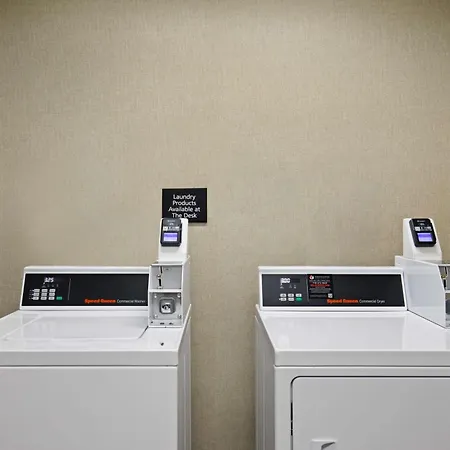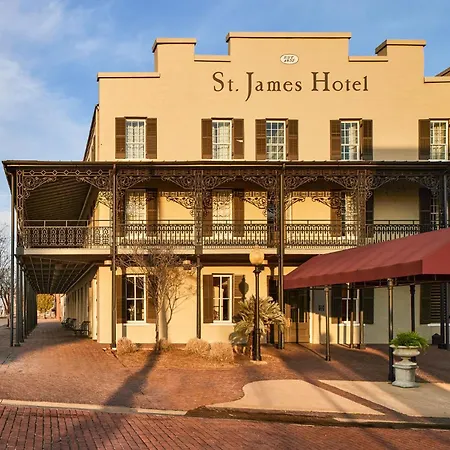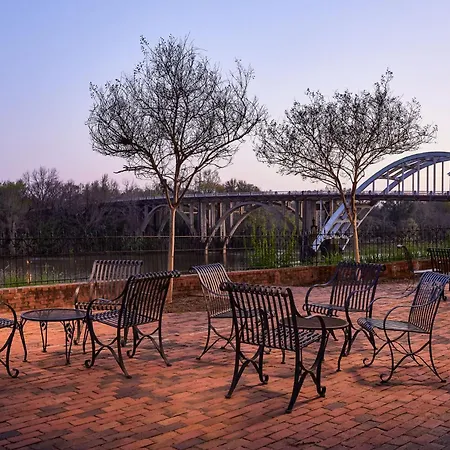Edmund Pettus Bridge
Check Availability
Edmund Pettus Bridge: A Pivotal Civil Rights Landmark
On March 7, 1965, the Edmund Pettus Bridge became the site of 'Bloody Sunday,' where peaceful civil rights marchers were violently confronted by law enforcement.
This through arch bridge, constructed in 1940, serves as a critical symbol of the struggle for voting rights. It gained national attention when images of the clashes were broadcast, sparking outrage and support for the civil rights movement. The bridge was essential in the march from Selma to Montgomery, leading to significant legislative change.
Unforgettable Highlights
- 🚶♂️ Historic March Site
- 📹 Media Coverage Impact
- 🏛️ Connection to Voting Rights Act
Visitors can freely access the bridge and learn about its significance. It attracts tourists, historians, and families interested in civil rights history.
Interesting Facts about Natural History Museum Edmund Pettus Bridge
Bloody Sunday Incident
On March 7, 1965, over 600 marchers were met with violence by law enforcement at this bridge.
Architecture
The bridge is a through arch design, completed in 1940, spanning the Alabama River.
National Historic Landmark
Designated as a National Historic Landmark in 2013, honoring its role in civil rights history.
Location
Stay Near Edmund Pettus Bridge Best Hotels
Address
View mapBroad St & Water Ave
Opening Hours
Friday:
Open 24 hours
Monday:
Open 24 hours
Saturday:
Open 24 hours
Sunday:
Open 24 hours
Thursday:
Open 24 hours
Tuesday:
Open 24 hours
Wednesday:
Open 24 hours
Contact Information
Price
Free. No admission fee required.
Average Visit Duration
Duration: Approximately 1 hour.
Best Time to Visit
Early morning on weekdays (before 9:00 AM) is ideal for fewer crowds.

















